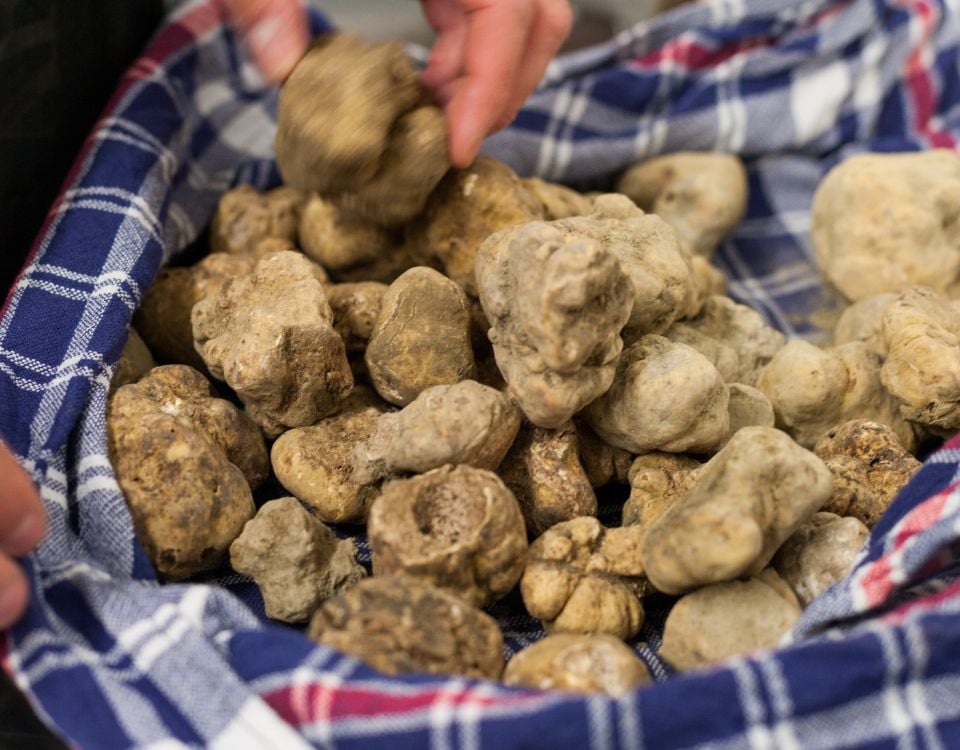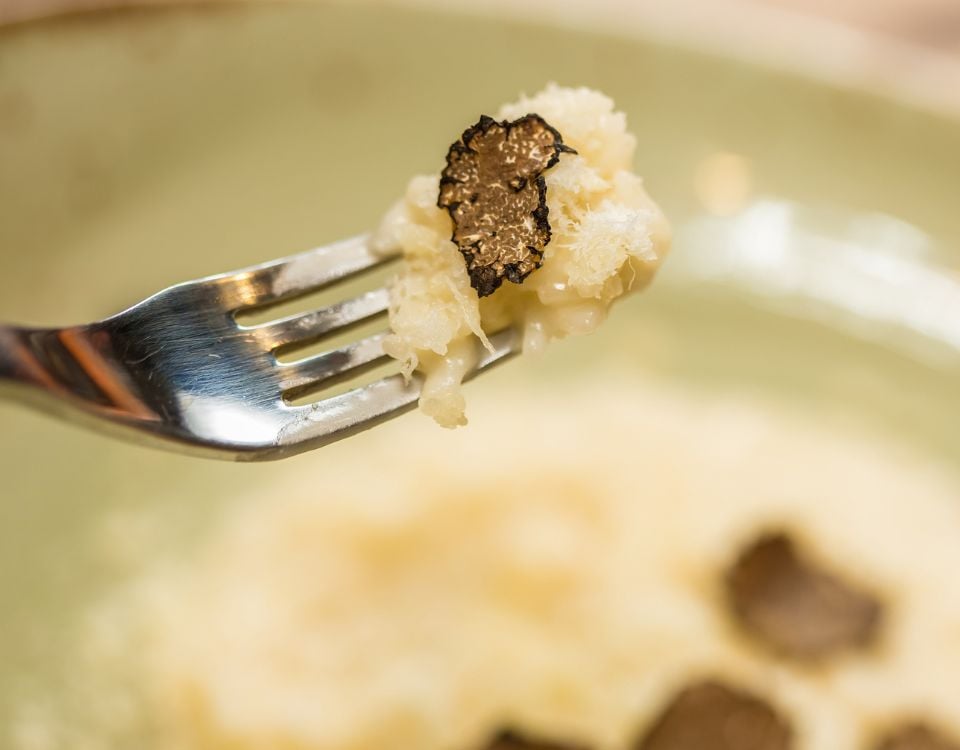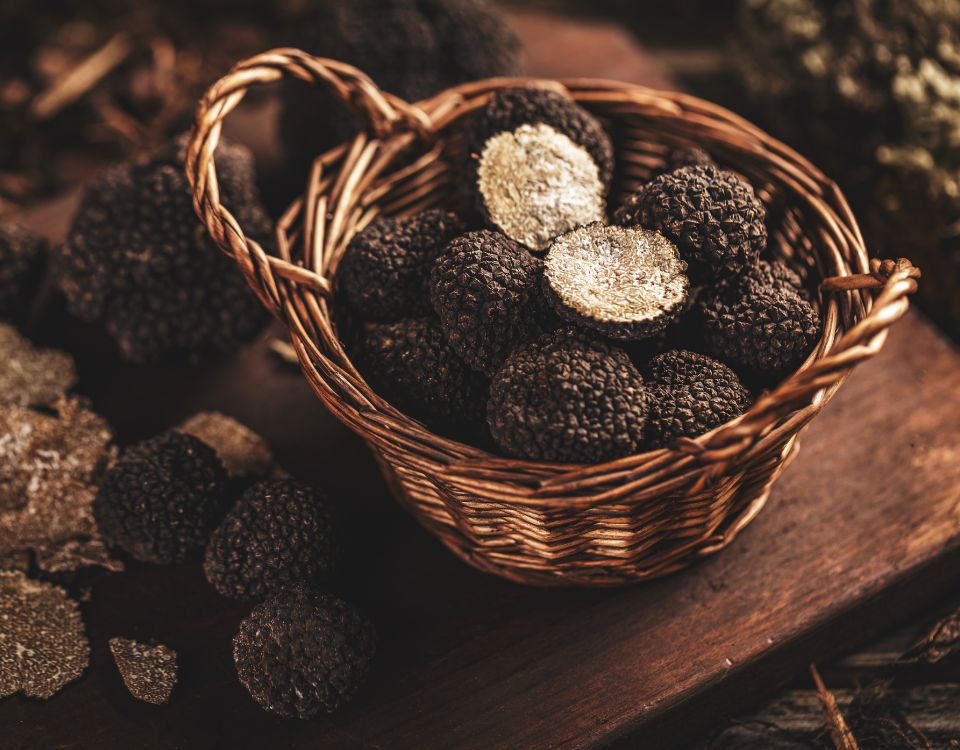How Does a Truffle Grow?
The truffle is one of the most prized products of Italian cuisine, known for its intense aroma and unique flavor that enhances every dish. But how is a truffle formed? Its development is a fascinating and complex natural process that takes place underground in symbiosis with specific host plants. Unlike many other fungi, truffles do not grow visibly above the soil, making their harvest a true gastronomic treasure.
The Life Cycle of the Truffle
A truffle begins as a mycelium, a network of underground filaments that develops in symbiosis with the roots of certain plants, particularly oaks, hazelnuts, and holm oaks. This relationship is called mycorrhiza and allows the truffle to obtain essential nutrients while helping the host plant absorb water and minerals. The truffle’s growth process takes about 6 to 8 weeks.
The soil plays a fundamental role. Truffles prefer calcareous, well-drained soils rich in organic matter. Proper sun exposure and seasonal climate variations greatly influence the quality of the product. Autumn is the most abundant season for truffle harvesting, when moist soil and mild temperatures favor the full development of their aroma.
The Importance of the Autumn Season
In autumn, truffles reach perfect maturity and their aroma becomes more intense, signaling to harvesters the ideal time to collect them. During this period, fresh truffles are highly sought after by markets and restaurants, thanks to their unique aroma that cannot be replicated by preserved or frozen products. Harvesting requires skill and care: truffle hunters, often accompanied by trained dogs, locate truffles hidden underground without damaging the mycelium, ensuring the possibility of future production.
From Mycelium to Fresh Truffle
Truffles grow around the roots of host plants, forming a compact mass that develops slowly. As the truffle grows, it accumulates aromatic compounds and nutrients, becoming a concentrated source of flavors and scents. Once it reaches maturity, it can be harvested as a fresh truffle, ready to be used in cooking. To purchase high-quality fresh truffles, you can visit fresh truffles, a selection dedicated to true truffle enthusiasts.
Truffle Varieties and Their Development
There are several truffle species, each with unique characteristics. The highly prized white truffle grows mainly in Piedmont, Tuscany, and Marche and ripens in autumn, while the black truffle can be found in various Italian regions and may have harvest periods ranging from winter to spring. Each variety has specific soil and climate requirements, directly influencing its formation and growth process. Proper management of soil and host plants is essential to ensure consistent and high-quality production.
Although truffles are a product of nature, human intervention is crucial for their enhancement. Truffle hunters carefully monitor the soil and plants, tend to the mycelium, and select the most promising areas for harvesting. This attention helps preserve the ecosystem and guarantees fresh truffles of excellent quality. Knowledge of the seasons, soil, and harvesting techniques is what allows for the production of unique truffles appreciated worldwide.
Understanding how a truffle is formed means appreciating not only the final product but the entire natural process that makes it unique. From the mycelium to the roots of host plants, from the care of truffle hunters to the autumn harvest, every stage is essential for obtaining high-quality fresh truffles. Purchasing fresh truffles means bringing a piece of nature and tradition to the table — a concentrated burst of aromas that only respecting the natural cycle can guarantee.







